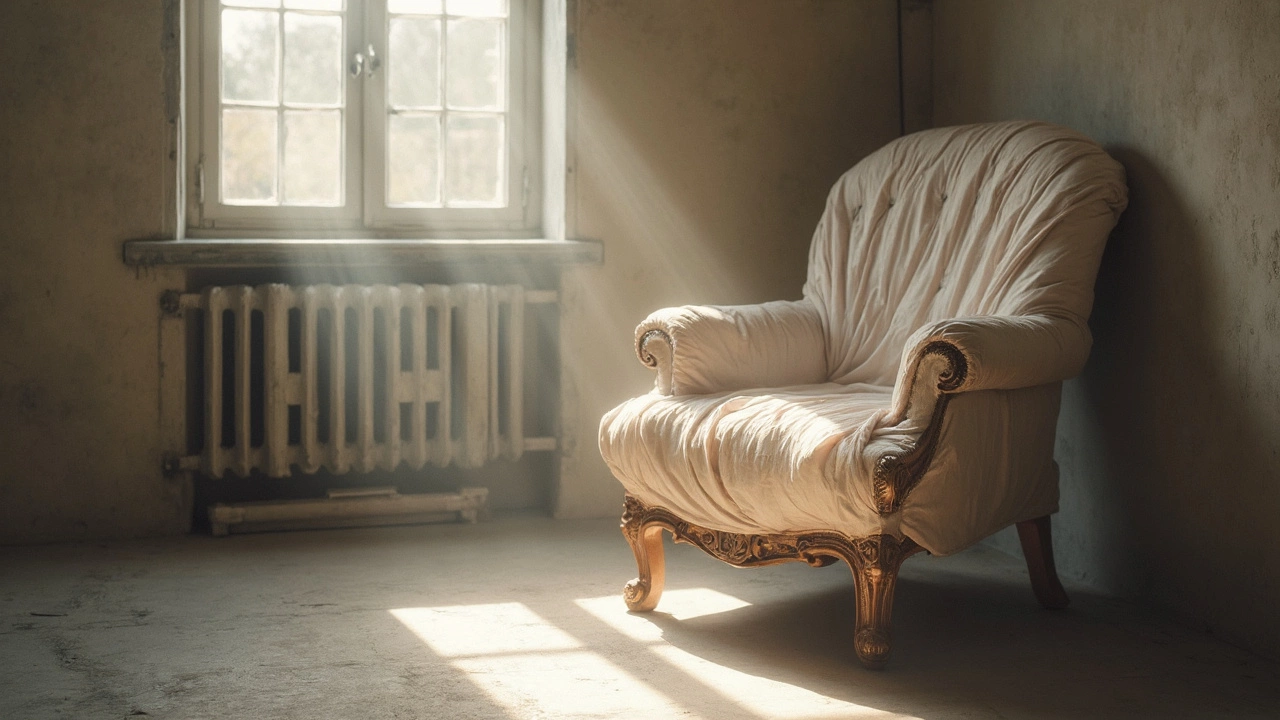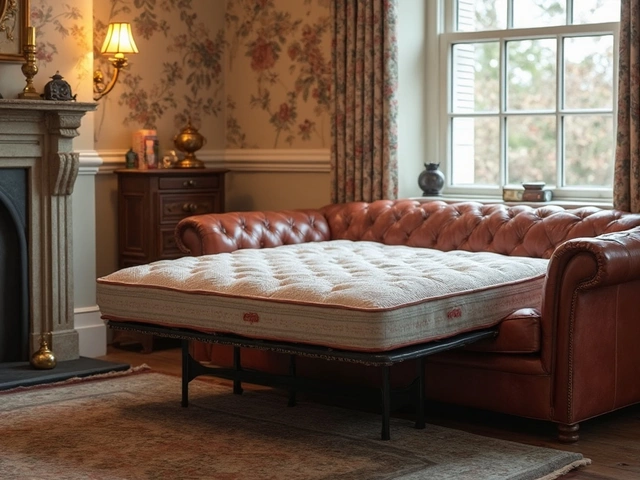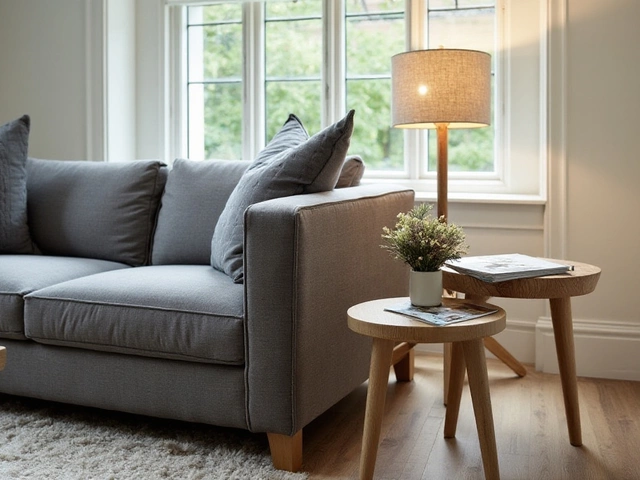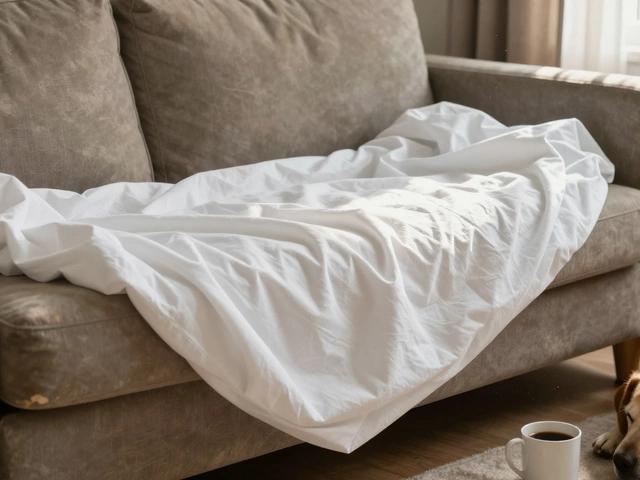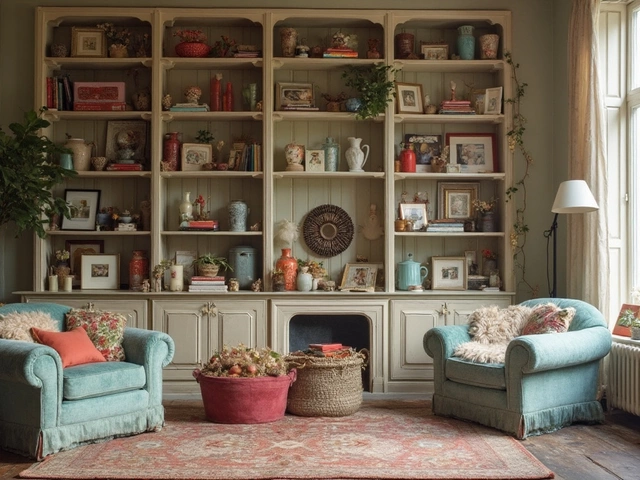Mould Prevention for Educational Furniture: Simple Steps That Work
Do you ever notice that musty smell in a classroom or office? That is often mould growing on desks, chairs or shelves. It can damage furniture and make the room unhealthy. The good news is you don’t need a scientist to stop it. A few everyday habits can keep your furniture mould‑free.
Control the Air and Moisture
The biggest mould driver is excess moisture. First, check the room’s humidity. If it stays above 60 % for a long time, mould will find a foothold. Use a dehumidifier or an air‑conditioner to pull the extra water out of the air. Open windows when the weather is dry – a quick 10‑minute blast of fresh air helps balance moisture levels.
Spills happen, especially in busy classrooms. Wipe them up right away with a dry cloth, then follow with a light damp wipe. Don’t let water sit on any surface for more than a few minutes. Even a wet table edge can become a mould hotspot.
Choose and Treat Materials Wisely
Not all furniture reacts the same way to dampness. Solid wood that’s been sealed with a good waterproof finish resists mould better than untreated particle board. Metal frames with powder‑coat paint also do well. If you’re buying new pieces, look for the words ‘Mould‑Resistant’ or ‘Moisture‑Protected’ on the spec sheet.
For existing furniture, a simple spray can add a protective layer. Mix one part white vinegar with three parts water, add a few drops of tea tree oil, and spray the surface. Let it dry – the acidity blocks mould growth without harsh chemicals.
Regular cleaning is a must. Dust attracts moisture, so a weekly vacuum or dust‑off keeps the environment dry. When you clean, use a mild detergent and warm water. Avoid soaking the wood; a damp cloth is enough.
Watch Storage Areas
Cabinets and storage units are hidden mould breeding grounds. Keep them open a little when you can, or place a small silica gel packet inside to absorb excess humidity. Rotate items so nothing stays sealed for months.
If you store seasonal furniture, make sure it’s completely dry before closing the doors. Any leftover dampness will turn into mould the moment you seal it up.
Spot and Deal With Mould Early
Look for black or green spots on any surface. If you see them, act fast. Scrub the area with a solution of one tablespoon bleach per litre of water, wear gloves, and rinse with clean water. Afterward, dry the spot with a clean towel and improve ventilation around it.
Don’t forget to check hard‑to‑see places like under chair seats or behind desk legs. Those spots stay hidden until the smell becomes obvious.
By keeping humidity low, cleaning regularly, using the right materials and checking hidden spots, you can stop mould before it damages your furniture or harms anyone’s health. These steps are easy, cheap and keep learning spaces looking and feeling fresh.
